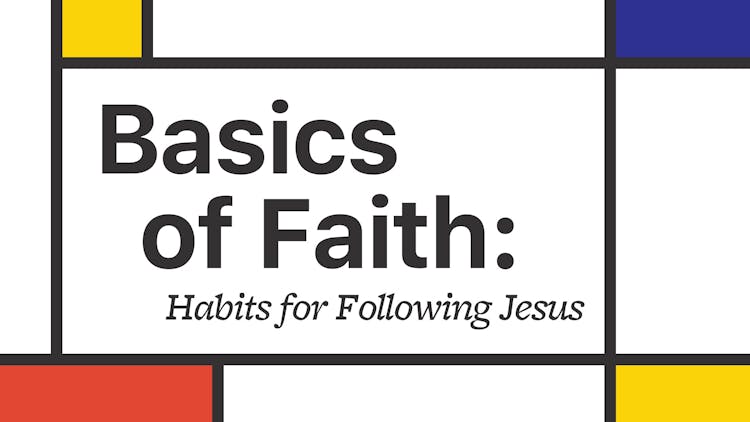You’ve signed up to serve as a Switch Support leader. You’re ready to work with students who need extra support so they can feel included and safe at Switch. You may help students who display some challenging behaviors. We know all behavior is communication, so what are the students you’re working with trying to communicate to you? Read on to give yourself a basic understanding to help you build empathy for the types of challenges facing some of the students you’ll support.
Before you read on, though, take note of this. A student may have an identified difference or disability, but that does not always mean they need additional support. Switch Support is for any student who is dysregulated and demonstrating their emotional, cognitive, or sensory systems are overloaded for any reason. For example: A student with Down Syndrome may be able to participate in Switch without any additional support. Or, a student without any known disability might be dealing with a new foster placement. That student may require extra assistance to be able to stay comfortable at Switch. This list will give you some examples of a few of the special needs students who use Switch Support display.
A student has an Autism Spectrum Disorder.
- This student may have difficulty with language. They may not be able to speak, and may not understand all the words they hear. A student with autism may have an enormous vocabulary, but may be unable to talk about anything outside of their special interest area (such as Fortnite or sports cars).
- This student may not have age-appropriate social skills like sharing, turn-taking, waiting, etc. They may not understand that the adult leaders are also the authority at Switch. They may have no interest in interacting with other students (or you).
- This student may become easily overstimulated by their senses. They may seem to over-react to smells or become very upset if they touch something sticky. They may strongly dislike touch, even a gentle one. Or, they may crave deep pressure like a bear hug.
- They may want to repeat an activity they like nearly endlessly. For example, they may like to flick a light switch on and off for hours or sit on the floor and rock back and forth.
A student has a vision impairment.
- This student may be blind, have low vision, or have a modified field of vision. They may need support to follow visually cued directions, to move around the experience, to interact with other students, or to follow along with videos.
A student has a hearing impairment.
- This student will have hearing loss. They may hear your words very faintly, or they may hear no sound at all. They may need support to follow audial directions, to interact with other students, or to follow along with videos.
A student has a physical disability.
- This student may come to Switch in a wheelchair, have braces on their legs, or have other mobility or dexterity limitations. Many students with physical disabilities do well in our rooms without any extra support. Some may have additional needs and will benefit from extra support.
A student has a significant Attention Deficit Disorder and/or Hyperactivity Disorder.
- This student may not be able to focus or may become distracted very easily.
- This student may be hyperactive, have difficulty calming down after stimulating physical activity, or may be restless when transitioning from free-choice interactions to more structured group activities.
- This student may have trouble complying with requests and directions quickly. It may be difficult for them to switch focus from what they’re doing to what you have asked them to do.
A student has Sensory Integration Disorder or a Sensory Processing Disorder.
- This student’s senses work together in atypical or unexpected ways.
- They may have difficulty processing more than one sense at a time. For example, they may have to alternate between watching your face and listening to your words.
- They may dislike a gentle pat on the shoulder, but love a big bear hug (or vice versa).
A student has a seizure disorder.
- This student has a neurologic condition that may cause a brief disruption in the function of their body or mind. They may blink, fall asleep, convulse, need to be reoriented to time and place, have a change in mood, or their behavior may be affected.
- They may need to wear a helmet to keep them safe in case of a fall.
- They may need to remain outside the auditorium and participate from the lobby during worship if lights trigger their seizure activity.
A student has Down Syndrome.
- The student will be behind their peers developmentally. They may have fewer words or be less coordinated than other students, or they may have trouble taking turns and interacting with peers in a socially appropriate way.
- About half of students with Down Syndrome may also have a vision or hearing problem.
A student has a history of neglect or abuse.
- They may have severe trust issues.
- They may need extra support to feel safe and secure in their surroundings.
- They may respond to adult authority in unexpected ways. For example, they may obey instructions given only by leaders of a specific gender or be overly timid or defiant around adults.
The bottom line? You’ll get to know the students you work with and what they respond to best. You’re becoming the support a student needs in order for them to feel included and safe enough to let down their guard and join their peers as they follow Christ together.


